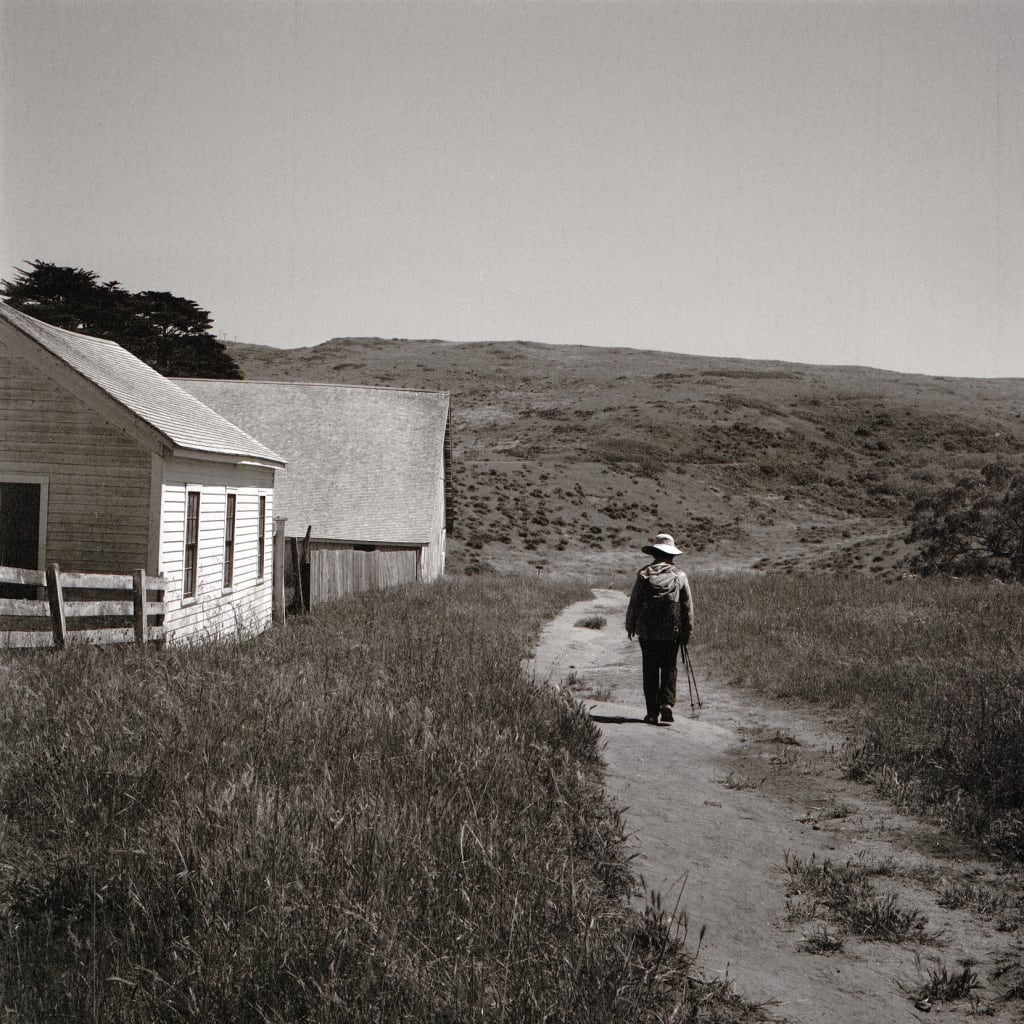Capturing Emotions Through the Lens
A Photographer's Guide

Photography is a powerful tool that allows us to freeze moments in time, capturing emotions and feelings that can transcend words. For photographers or photography enthusiasts looking to infuse their work with personal sentiments and connections, understanding how to convey emotions through the lens is a valuable skill. In this guide, we will delve into techniques, tips, and insights on how to translate the essence of a moment into a visual story, ensuring that each photograph not only documents but also evokes the emotions felt during the shoot.
The Essence of Emotion
Crafting the Mood
Crafting the mood in a photograph involves a deliberate approach to elements such as lighting, color, and composition. Lighting can dramatically affect the emotional tone; for instance, soft, diffused light often conveys calmness or tenderness, while harsh, direct light might evoke intensity or drama. Colors also play a crucial role: warm hues like reds and yellows can suggest warmth and happiness, whereas cooler tones like blues and greens might evoke tranquility or melancholy. Composition, including the use of space and angles, helps direct the viewer's focus to the emotional core of the image. By thoughtfully combining these elements, photographers can create images that resonate emotionally with viewers, effectively conveying the mood intended during the shoot.
The Power of Perspective
Perspective is a powerful tool that can dramatically influence the emotional impact of a photograph. By changing the angle or distance from which you shoot, you can alter the viewer's relationship with the subject. For example, shooting from a low angle can make the subject appear more dominant and powerful, while a high angle might make the subject seem vulnerable or insignificant. Close-up shots can capture intimate details and emotions, creating a sense of closeness and personal connection. Conversely, wide-angle shots can provide context, showing the environment and adding to the narrative of the image. Experimenting with different perspectives can help you discover new ways to convey emotions and tell a more compelling visual story. By being mindful of how perspective affects the viewer's experience, you can create photographs that are not only visually striking but also emotionally engaging.
Technical Mastery Meets Passion
Lighting: The Emotional Conductor
Lighting serves as the emotional conductor in photography, guiding the viewer’s mood and perception of the image. Natural light, such as the soft glow of a sunrise or the harsh shadows of midday sun, can evoke different feelings. For instance, golden hour lighting often creates a warm, nostalgic atmosphere, perfect for conveying happiness or intimacy. Conversely, artificial lighting allows for greater control and creativity. Softbox lighting can produce a gentle and flattering effect, ideal for portraits, while dramatic, high-contrast lighting can add tension and intensity. The direction of light also matters; side lighting can enhance textures and add depth, while backlighting can create silhouettes that evoke mystery or contemplation. Understanding how to manipulate light to serve the emotional tone you wish to convey is essential for any photographer. By mastering lighting techniques, you can transform ordinary scenes into emotionally charged narratives.
Composition: Framing Feelings
Composition is the art of arranging elements within the frame to guide the viewer’s eye and evoke specific emotions. The rule of thirds is a fundamental technique that can create balance and interest, making the subject naturally more engaging. Leading lines, such as roads or pathways, can draw the viewer into the scene, creating a sense of journey or direction. Framing the subject with natural elements like trees or doorways can add layers of depth and context, enhancing the emotional narrative. Negative space, or the use of empty space around the subject, can evoke feelings of isolation or calm. Symmetry and patterns can introduce a sense of harmony or tension, depending on their application. By thoughtfully composing your shots, you ensure that each element within the frame contributes to the overall emotional impact, turning simple images into powerful, emotive stories.
Beyond the Shutter
Storytelling in a Single Shot
Storytelling in a single shot is a nuanced skill that can transform a photograph from a mere capture of a moment into a narrative-rich piece. To achieve this, consider the elements that contribute to a compelling story: the subject, setting, and context. A well-chosen subject can convey a wealth of emotions and experiences, whether it's a person, an object, or a scene. The setting provides background details that add depth and context, helping viewers understand the broader narrative. Including elements that hint at action or interaction can suggest a before-and-after scenario, making the image more dynamic. Thoughtful use of composition and lighting can enhance these aspects, guiding the viewer’s eye to key elements and emphasizing mood. By focusing on these components, you can create a single photograph that encapsulates an entire story, engaging viewers and inviting them to explore the emotional depths within the frame.
Evoking Response in the Viewer
Evoking an emotional response in the viewer is the ultimate goal of expressive photography. To achieve this, you need to connect on a personal level with your audience. Start by considering the emotions you want to elicit, whether it's joy, sadness, surprise, or contemplation. Use relatable subjects and scenes that resonate with common human experiences. Pay attention to facial expressions and body language if photographing people, as these subtle cues are powerful conveyors of emotion. Additionally, the use of color, light, and composition can significantly influence the viewer’s emotional state. A well-timed capture of a fleeting moment or a thoughtfully composed scene can provoke a strong emotional reaction. By being intentional about these elements, you can create photographs that not only tell a story but also touch the hearts of those who view them, making your work memorable and impactful
About the Creator
Enjoyed the story? Support the Creator.
Subscribe for free to receive all their stories in your feed. You could also pledge your support or give them a one-off tip, letting them know you appreciate their work.






Comments (3)
The photos are amazing 🤩always .
I enjoyed your writing.
perfect photo